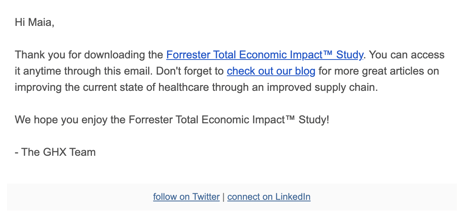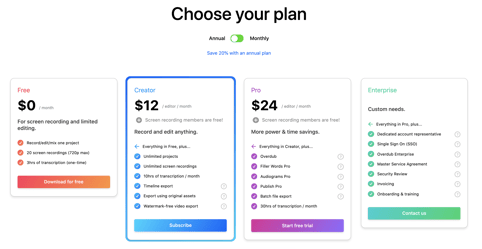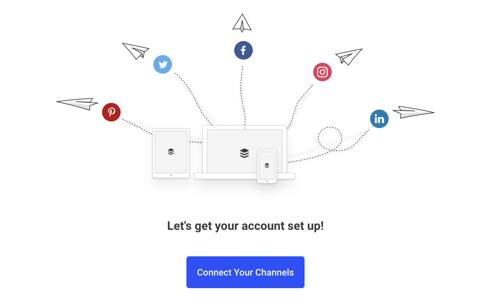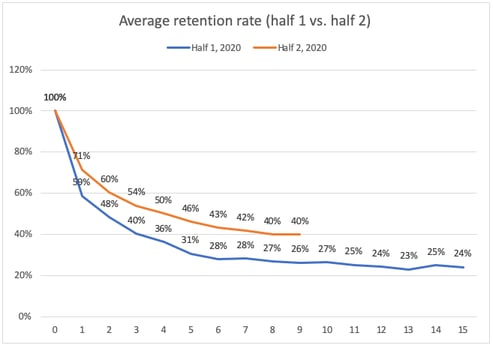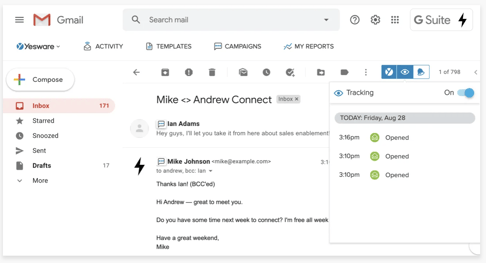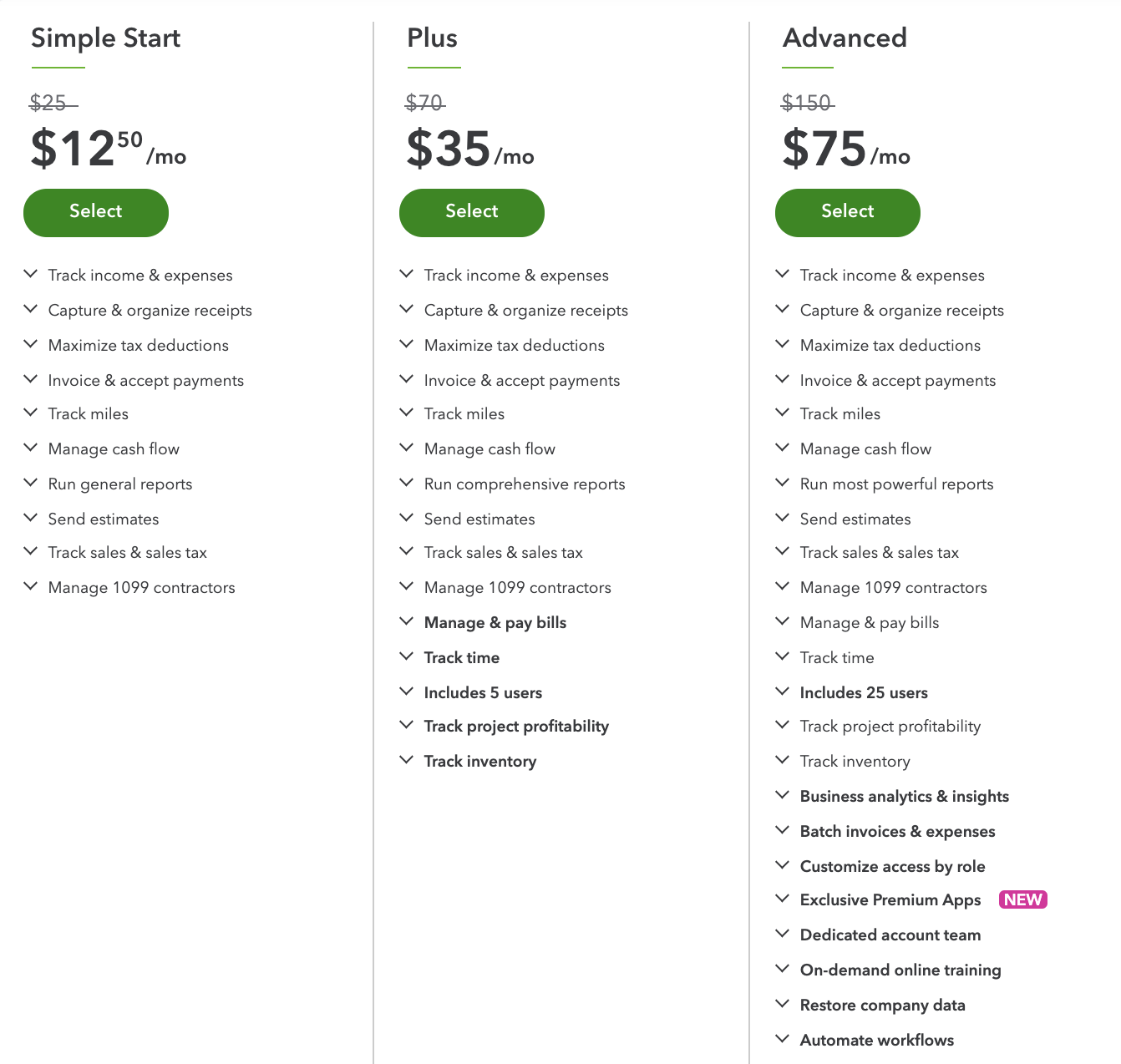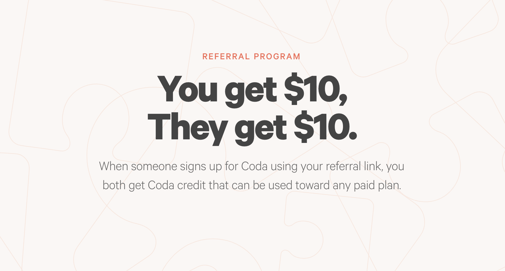The customer lifecycle for most typical companies usually consists of some combination of acquire, engage and expand. But for SaaS businesses, we oftentimes like to further subdivide this process, so that the entire customer lifecycle ends up looking more like this:
- Acquisition
- Attract
- Engage
- Close
- Engagement & Retention
- Initial On-Boarding
- Ongoing Engagement & Retention
- Expansion
- Upselling
- Cross-selling
- Virality

When thinking through their customers’ lifecycle, many business leaders’ minds jump straight to the Acquisition phase, but for many SaaS companies, the Engagement and Expansion phases can be the most troublesome, because they force continual iteration on the product side to meet UX demands. These specific phases also require improved access to documentation and customer service, not to mention increased pressure on marketing to keep the story flowing and the audience engaged with the company. Because of the unique emphasis on this engagement and expansion process, the areas of focus in the customer lifecycle for a SaaS company should look slightly different than the typical customer lifecycle for a one-time product or service. Let’s dive into a detailed discussion of this entire SaaS customer lifecycle.
Acquisition
The first part of the customer lifecycle in any business is Acquisition. This stage starts with attracting customers in the first place, then engaging them enough to answer their questions and build trust, and finally closing the sale. Acquiring new customers involves generating awareness through a great website, proper SEO, informative content and community-building, or even personalized prospecting in some of the larger, enterprise contexts. Add in an advertising effort, optimized for the lowest possible cost-per-conversion for the best quality leads, and a closing process that has customers smashing that “Sign Up” button every time.
Let’s break down the three parts of the Acquisition phase, and talk about how they can add up to a better growth trajectory when approached correctly.
Attract
Attracting the right people into your inbound flywheel starts with properly identifying who, exactly, those right people are. Formulating buyer personas is a process that provides your most basic starting point for the attract phase. When you identify and understand the target, you can then develop plans for the right offerings on the right platforms at the right times.
Here’s a list of some of the best tactics to employ during the attract phase:
- Strategic content for SEO
- Organic social media content
- Guest blog posts
- Google advertising
- Social media advertising
- Affiliate marketing
One example of using strategic SEO content to attract organic traffic, and with it, qualified new leads, comes from our own efforts to reach people just like you. Starting with strategic planning around topic clusters, creating valuable content takes consistency and effort. You can see here in our own new contacts reporting, organic traffic now brings in 64% of our contacts. We thank concerted efforts to produce strategic SEO content.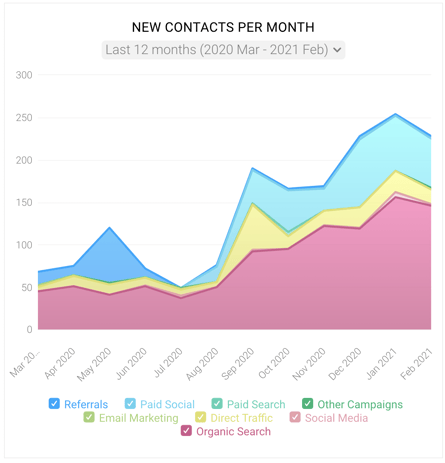
Engage
Your attract phase plan can then include a free trial, freemium, or even a top-of-the-funnel (ToFu) content offering to get leads on your list for further nurturing. ToFu content can consist of webinars, eBooks, events, training courses, newsletter signups, or even invites to listen to your podcast. Then you must follow through. If your leads came to you via your top-of-funnel eBook offer, for example, engaging at the Acquisition phase starts with delivering the PDF with a friendly email.
One simple example comes from GHX, a provider of healthcare supply chain SaaS.
If your leads are further down the path toward buying, and they are experiencing your free trial or freemium product tier, engaging means delivering an excellent experience, including education that helps make the product indispensable. Use automated email nurturing and in-app tool tips to highlight important features, and present important proof of benefits along the way. This engage phase is about inspiring your prospects, and leading them into the close, no matter which tactic you use to draw them in at which part of the funnel.
One great example of attract-phase engagement is HubSpot’s free CRM option, which provides just enough of a taste of the platform’s features to get the user hooked. It also geniusly provides menu items and navigation to all the same features as the higher-tier paid levels in the interface, but does not allow the free member to access them until they upgrade.
Close
This is the moment your prospect puts down his or her credit card, and subscribes to your solution. It is important that this part of the customer experience is absolutely seamless, and easy to complete. Your pricing levels, checkout process, and customer support at this stage has to be intuitive, and trustworthy. You need to have an intuitive and frictionless signup page, in addition to offering live support to aid this conversion process for individual users. For B2B sales, it can be more common for a sales team to be involved, and in that case, there may be one or more personal interactions at this step of the customer journey as well. The idea here is a contract is signed, and money is exchanged. This is when the lead becomes a customer.
Here's an example of a clear, attractive pricing outline from podcast creation tool, Descript.
Engagement & Retention
The Engagement phase is split between initial on-boarding and the ongoing relationship you’ll have with your customers. It’s equally important to initiate a positive relationship at the outset as it is to continue to nurture and guide the user experience along the way in the coming months or even years. The key to retaining your best customers for the longest amount of time is to truly understand their needs, and work to communicate, listen and improve.
Initial OnBoarding
Initial onboarding is one of the most important parts of the SaaS customer lifecycle. You can help to guide and frame this experience by sharing the right teaching moments with the right user at the right time. An example of this is to share very easy, digestible tool tips for important features during the first few logins. You can also send strategically timed emails that inspire your users with customer use cases, or prove the value of your SaaS solution with reviews from other businesses that have used it. And, incredibly important as an adoption tool, have a great Knowledge Base to help users with their most pressing questions, without overloading a customer service team.
Many B2B SaaS companies offer extensive opportunities for education and training during the onboarding phase. Use this as an opportunity to advocate for adoption, making it as painless as possible for the end user, who may be having to change a well-ingrained process to use your solution.
Don’t necessarily assume that your onboarding always needs to be a complex, multi-step system. Some SaaS products might need a large onboarding process but others might not. For a lightweight solution like the social media management SaaS, Buffer, for instance, a very simple onboarding process works well. The whole process involves a very simple landing page, focused on the solution’s benefits, then a very simple confirmation screen that even pre-populates your avatar as you confirm your sign up with one field. Then, you’re brought right into the tool with a message that says, “You’re ready to share something on your Twitter account.” How’s that for onboarding?
We appreciate the simple visuals and easy onboarding process at Buffer, as one example.
Ongoing Engagement and Retention
Just because someone pays for month one of your subscription, doesn’t mean that person will keep using it., In fact, 21% of the time a SaaS product user will only log in once before uninstalling or cancelling.
Do you know your company’s own abandonment rate? Have you measured and observed user data to uncover patterns that lead to cancellations? Have you noticed a particular experience with the app that happens before an upgrade... or a downgrade? Looking into the user experience deeply and then acting to improve it is essential for engaging your customers and keeping them.
Successful SaaS marketers use cohort analysis to identify their most active and least active users. Then, those user groups are bucketed as cohorts of daily active users, weekly active users, and monthly active users for the product as a whole, as well as cohorts of users for particular features or sections of the product in which there are goals to increase engagement. You can use tools like heap.io or mixpanel.com to do this type of cohort analysis.
Engagement is such a crucial part of the SaaS customer lifecycle, because without actually using and loving your app or software, there’s no way that a customer is going to continue their subscription, let alone upgrade. In a more institutional setting, like a big enterprise adoption, proper training and team motivation is especially key. Because even if the change is coming down from the top, the daily end users must value the solution as well, or else long-term use will never happen. Worst case scenario, people will leave their jobs to seek employment where the daily execution of their jobs make more sense. Either way, this phase is crucial, and cohort analysis can help you dial in segmented coaching and communication that really works.
Don't underestimate the value of delighting your users. Anticipating their wants and meeting their needs before they reach out with frustration is one way to delight users. You can also go above their expectations to surprise them with new features or rewards so they get the most out of your app. Prioritize your customer support to let users know their success matters to you. After all, delighted customers leave positive reviews and give those valuable referrals!
From a marketing perspective, engagement and retention is about understanding the users and their needs deeply, and meeting them where they are with messages that help them to use the app better, share their experiences, or make suggestions. There’s a thousand and one ways to interact with your audience, and how you do it depends on your company or product’s personality and resources. Retention is all about relationship. The foundation is a good product with help from a proficient service team if you need it, and momentum brought about through great marketing content.
Expansion
Retention is essential, but you shouldn’t just stop there. In order to really grow revenue, you’ve got to focus not only on keeping customers, but on expanding with them in three main ways:
- Expand subscription revenue by offering higher tiers, add-ons, user-based pricing, or usage-based pricing
- Expand your user base through virality and word of mouth by making it an absolute no-brainer to share with friends, or adopt throughout an organization
- Expand use / time on platform in order to increase advertising dollars (If advertising is part of your monetization strategy)
There are numerous approaches to this retention and expansion loop, including upselling and cross-selling.
Upselling
The simplest way to expand business is to upsell existing customers. This can take the form of bottom-up expansion of adoption, usage-based upsells, and feature-based sales.
Bottom-Up
This approach to expansion in your SaaS business is getting individual employees to adopt a product, then eventually convincing the manager/director to purchase it for the whole team. One example of bottom-up expansion is Calendly, a cloud-based scheduling app that aims to eliminate the back-and-forth emails we all dread when scheduling a meeting. The solution naturally lends itself to individual adoption, because it makes an individual impact, and users love it enough to share it with all their colleagues. Another example of the bottom-up approach is Yesware, an extension for Outlook and Gmail that provides a few key features that make an individual sales professional’s life a lot easier. The extension offers features that are quick and easy for sales reps to recommend on a personal level as well as pass up the food chain.
Here's what Yesware looks like in Gmail.
Expansion to Existing Users
Another great way to increase revenue and retain existing customers is to expand or deepen their use of your product with usage-based offers, or features they can’t live without, and will pay more to have. Automation tool Zapier, for example, bases pricing tiers on usage across metrics like tasks performed. As users see the value of their “zaps,” they can easily upgrade to do more. Quickbooks, on the other hand, bases much of its pricing on features. Each pricing tier offers access to more features, from the most basic “freelancer” plan with the option to track income and expenses up to more expensive plans for small businesses that include more users, more features (like the option to manage 1099 contractors), and even a dedicated account manager.
Here's how Quickbooks shares its features-focused pricing model:
Cross-Selling
If you have more than one product, or more than one facet of your product, you can cross sell one product to users of the other(s). One example is HubSpot selling their Sales Hub and Service Hub products to existing HubSpot Marketing Hub users.
This process of retention and expansion requires cooperation between product, sales, service and marketing teams to support the use of your app, and tell the story that keeps users on it.
HubSpot is one of the best out there at cross-selling to its own users.
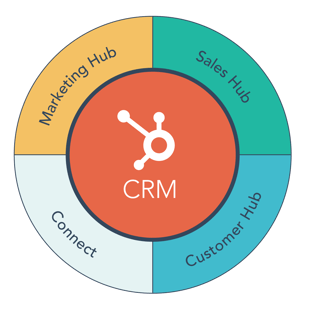
Virality
One of the most powerful ways to expand a SaaS user base is through natural virality when your product experience is just that good. Make it easy for your users to share your SaaS with friends and colleagues beyond their own immediate coworkers. Many B2B solutions offer team-based trials, and the goal of every consumer app should be to get customers to invite friends. Dropbox is one example that naturally lends itself to sharing, because people are literally using it to share files. The company takes advantage of this with official incentives to share Dropbox with friends. For example, Dropbox Basic users can earn up to 16 GB through referrals. Similarly, cloud-based document editor, Coda.io incentivizes sharing by offering both the referrer and the referee a $10 credit to use toward a paid plan.
Measuring Retention & Expansion
The goal of understanding and analyzing your SaaS customer lifecycle, and specifically the goal of expansion, is to have the lowest possible net MRR (monthly recurring revenue) churn rate. In fact, the most successful companies have a negative net MRR churn rate. According to Klipfolio, “a negative Net MRR Churn Rate occurs when expansions exceed downgrades and cancellations and is a strong positive indicator of company health.” Thought of another way, retention can also be measured by an alternate metric called Net Revenue Retention (NRR), which is basically the inverse of Net MRR Churn Rate.
Focus on the Customer Experience
From attracting website visitors, to lead generation, to automated lead nurturing, to optimizing the conversion process, and proactively planning out retention and upsells, it’s important to make sure you’re covering the entire customer lifecycle. Knowing how your customer finds you, engages with your marketing materials, converts into your trial, becomes a paying customer, uses your solution, and continues investing in that solution month after month is essential to SaaS profitability. Add in a strong focus on expansion and a low or negative net MRR churn rate and your revenues will thank you.
